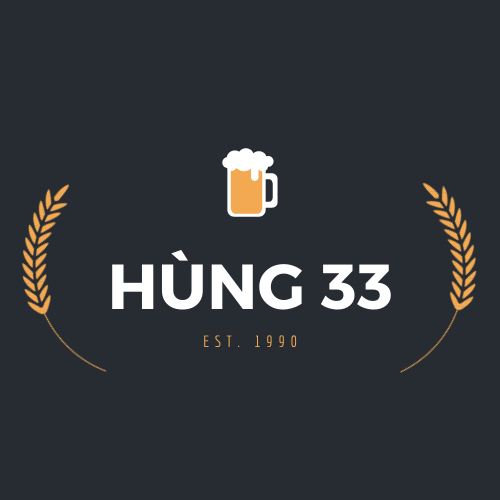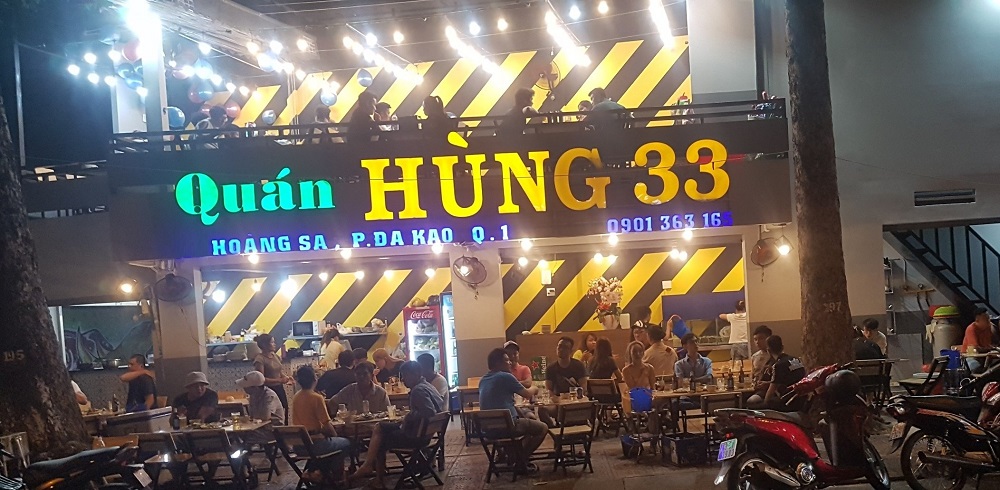Trải nghiệm văn hóa ẩm thực SG
Khám phá tinh hoa ẩm thực Sài Gòn tại Quán Hùng 33 – Nơi hội tụ của nhiều món ăn ngon các vùng miền.
Ẩm thực được khái niệm là một hệ thống đặc biệt bao gồm quan niệm của con người, nghệ thuật bếp núc, chế biến thức ăn cũng như thói quen và nếp sinh hoạt.
Bạn sẽ trải nghiệm điều đó tại Quán Hùng 33. Cùng gặp gỡ bạn bè để nói chuyện, nâng ly và thưởng thức các món ăn đặc sắc.
Bạn sẽ có một trải nghiệm tuyệt vời cùng với người thân, bạn bè & đối tác.




Hình Ảnh
Hình ảnh các món ăn, không gian và không khí tại quán Hùng 33.
Các món ăn tại Hùng 33 đều được chuẩn bị tinh tế, ngon miệng. Với không gian thoáng mát. Và không khí đông vui đậm chất văn hóa của SG.
Cảm nhận của khách hàng
Average customer rating 4.8 (253 votes)

Sự lựa chọn lý tưởng cho mọi cuộc vui. Trang trí lịch sự. Món ăn tuyệt vời. Thực đơn ngon miệng. Cảnh quan đẹp!
Thanh Sang

Đồ ăn ngon, sạch sẽ. Tính tiền rẻ ngạc nhiên luôn mà món nào món đó quá trời. Nhân viên pv thì nhiệt tình vui vẻ. Khách quen tới khách đối đãi rất oki luôn. Điểm 10 cho quán ạ
Thu Uyên

Quán có vị trí thoáng mát rộng rãi. Nhân viên phục vụ nhiệt tình. Đặc biệt là đồ ăn rất ngon, trang trí bắt mắt giá phải chăng.
Quỳnh Brows
ĐẶT CHỖ TRƯỚC
Đặt Bàn Ngay
Bạn vui lòng nhấn vào nút bên dưới. Và cung cấp thông tin. Nhân viên của Nhà Hàng Hùng 33 sẽ liên hệ xác nhận và hỗ trợ bạn nhanh chóng!





